
Table of
Contents
 Table of Contents |
APPENDIX D |
Insects are often overlooked as a danger to the survivor. More people in the United States die each year from bee stings, and resulting anaphylactic shock, than from snake bites. A few other insects are venomous enough to kill, but often the greatest danger is the transmission of disease.

Scorpion
Scorpionidae
order
Description: Dull brown, yellow, or black. Have 7.5- to 20-centimeter long lobsterlike pincers andjointed tail usually held over the back. There are 800 species of scorpions.
Habitat: Decaying matter, under debris, logs, and rocks. Feeds at night. Sometimes hides in boots.
Distribution: Worldwide in temperate, arid, and tropical regions.
CAUTION Scorpions sting with their tails, causing local pain, swelling, possible incapacitation, and death. |

Brown
house spider or brown recluse spider
Laxosceles
reclusa
Description: Brown to black with obvious "fiddle" on back of head and thorax. Chunky body with long, slim legs 2.5 to 4 centimeters long.
Habitat: Under debris, rocks, and logs. In caves and dark places.
Distribution: North America.

Funnelweb
spider
Atrax
species
(A.
robustus, A. formidablis)
Description: Large, brown, bulky spiders. Aggressive when disturbed.
Habitat: Woods, jungles, and brushy areas. Web has a funnellike opening.
Distribution: Australia. (Other nonvenemous species worldwide.)

Tarantula
Theraphosidae
and
Lycosa
species
Description: Very large, brown, black, reddish, hairy spiders. Large fangs inflict painful bite.
Habitat: Desert areas, tropics.
Distribution: Americas, southern Europe.
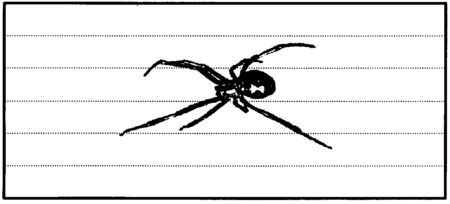
Widow
spider
Latrodectus
species
Description: Dark spiders with light red or orange markings on female's abdomen.
Habitat: Under logs, rocks, and debris. In shaded places.
Distribution: Varied species worldwide. Black widow in United States, red widow in Middle East, and brown widow in Australia.
Note: Females are the poisonous gender. Red Widow in the Middle East is the only spider known to be deadly to man.
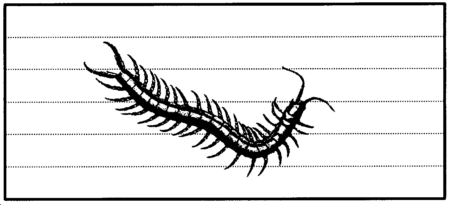
Centipede
Description: Multijoined body to 30 centimeters long. Dull orange to brown, with black point eyes at the base of the antenna. There are 2,800 species worldwide.
Habitat: Under bark and stones by day. Active at night.
Distribution: Worldwide.
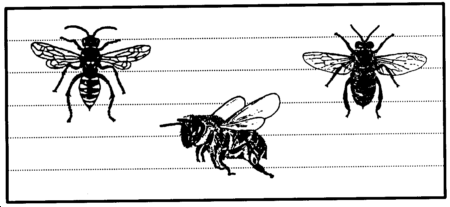
Bee
Description: Insect with brown or black, hairy bodies. Generally found in colonies. Many buil wax combs.
Habitat: Hollow trees, caves, dwellings. Near water in desert areas.
Distribution: Worldwide.
Note: Bees have barbed stingers and die after stinging because their venom sac and internal organs are pulled out during the attack.
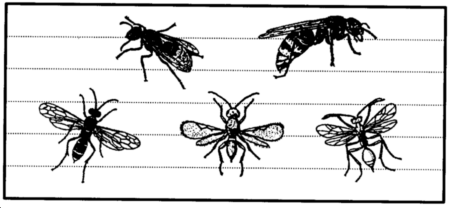
Wasps and hornets
Description: Generally smooth bodied, slender stinging insects. Many nest individually in mud nests or in paper nest colonies. Smooth stinger permits multiple attacks. There are several hundred species worldwide.
Habitat: May be found anywhere in various species.
Distribution: Worldwide.
Note: An exception to general appearance is the velvet ant of the southern United States. It is a flightless wasp with red and black alternating velvety bands.
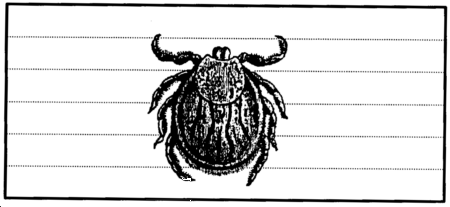
Tick
Description: Round body from size of pinhead to 2.5 centimeters. Has 8 legs and sucking mouth parts. There are 850 species worldwide.
Habitat: Mainly in forests and grasslands. Also in urban areas and farmlands.
Distribution: Worldwide.